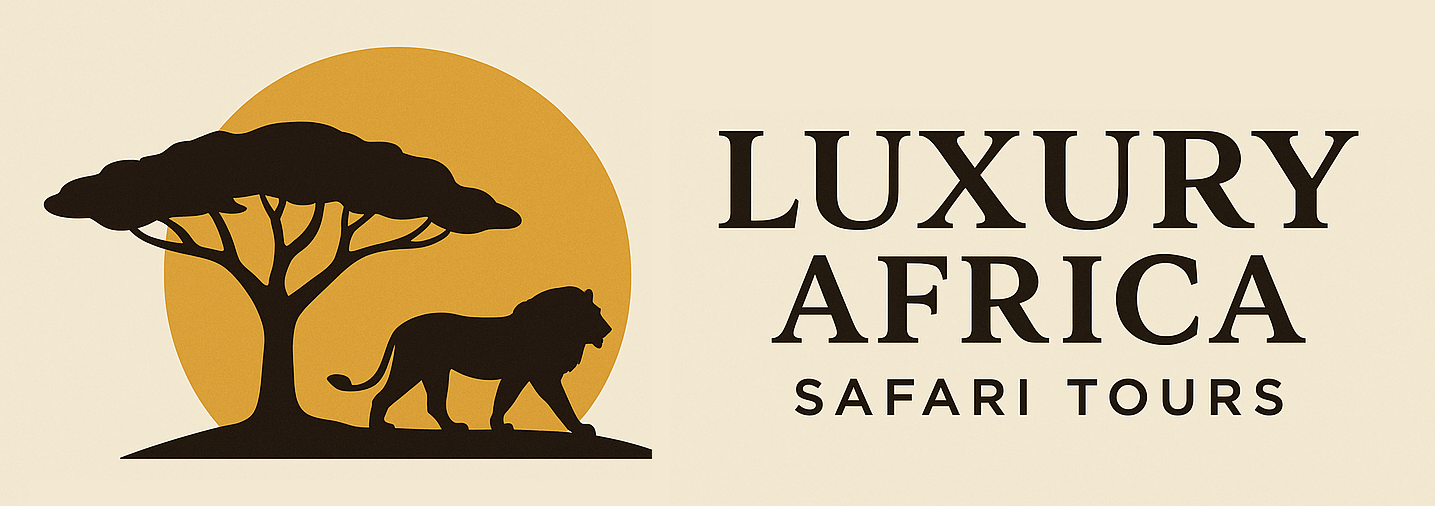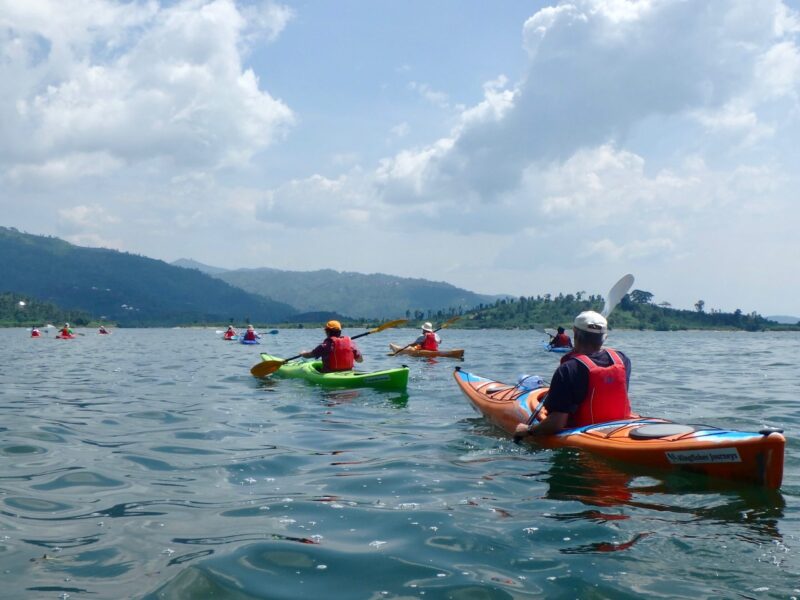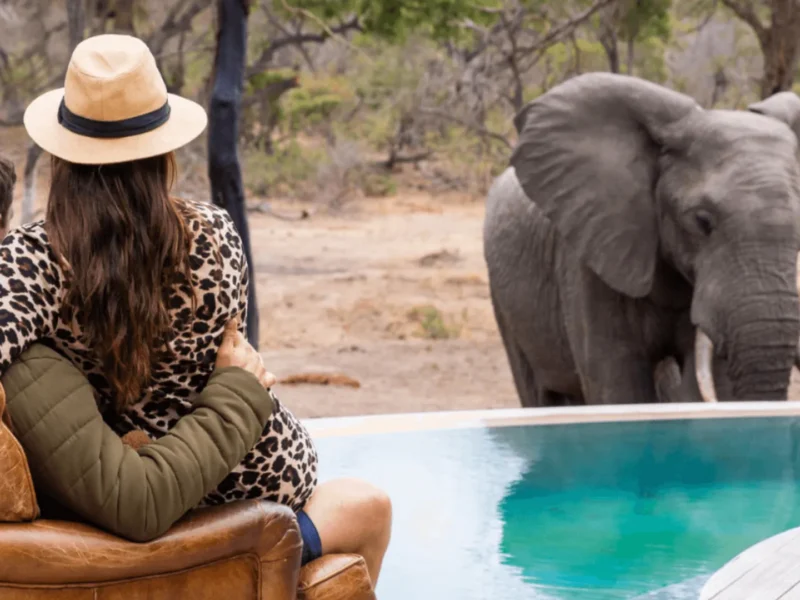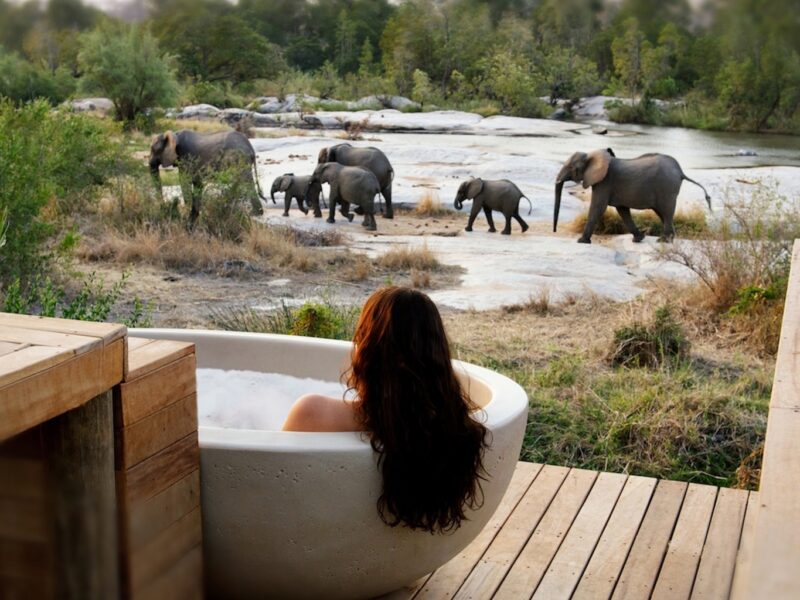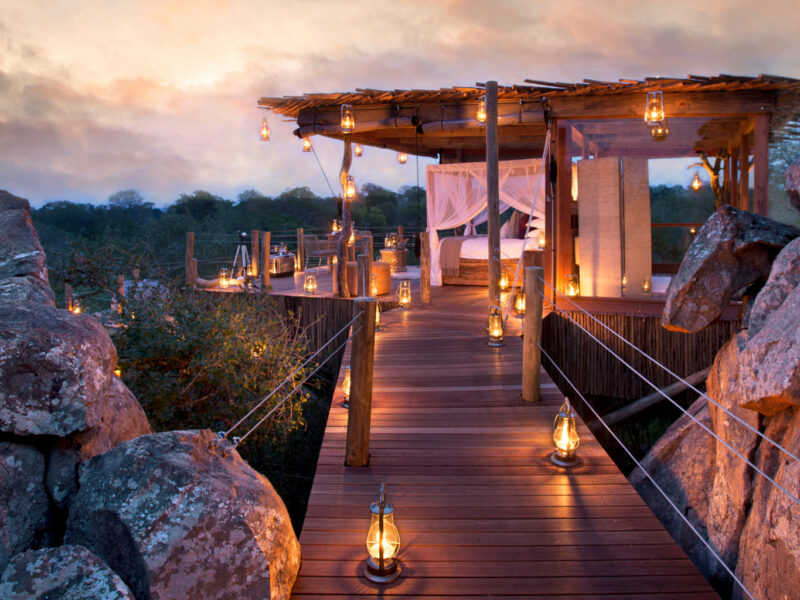When to Visit Kenya: July
July in Kenya is when everything begins to align. The skies clear, the grass shortens, and the wild opens up in full display. It is the true beginning of Kenya’s dry season — crisp, clear, and electric with life. For many, this is the ideal time to visit: the weather is at its best, the wildlife viewing superb, and the landscapes seem to draw you in with quiet intensity.
Weather in July: Cool, Crisp, and Dry
Kenya in July enjoys some of its most comfortable weather of the year. The long rains are a memory now, and the dry season settles in with blue skies and mild temperatures. Days are sunny and pleasant, often hovering between 20–26°C (68–79°F), depending on region and elevation. Nights, especially in highland areas like Nairobi, the Aberdares, and the Laikipia Plateau, can be cold — dipping into the single digits Celsius (40s°F). Mornings start brisk, often with a misty haze that burns off as the sun climbs.
Humidity is low, rain is rare, and the air feels clean and invigorating — a refreshing contrast to the lush heaviness of previous months.
Safari in July: Prime Time Begins
Wildlife viewing in July is exceptional. As water sources dwindle and grasses recede, animals are easier to spot, gathering around rivers, waterholes, and the few remaining green pockets of the savannah. Predators are active, and the rhythm of the bush sharpens — with each movement more purposeful, each encounter more vivid.
The Maasai Mara begins to stir with the first major waves of the Great Migration. Wildebeest and zebra thunder across the border from Tanzania’s Serengeti, drawn north by instinct and the promise of fresh grazing. While the most dramatic river crossings often peak in August, July sees the Mara begin to swell with hundreds of thousands of animals — an awe-inspiring sight, even without the famous water scenes.
Elsewhere, parks like Amboseli offer striking views of elephant herds against the snow-capped backdrop of Mount Kilimanjaro. Samburu’s dry terrain comes alive with concentrated wildlife, and Laikipia, with its private conservancies, offers exclusive encounters far from the crowds.
The Experience: Buzzing but Beautiful
July also signals the start of Kenya’s peak tourism season. More visitors arrive, especially families from Europe and North America taking advantage of school holidays. The energy in lodges and camps is vibrant, and early bookings are essential for popular areas like the Mara or Amboseli.
Still, the country never feels too crowded — Kenya’s vastness swallows the numbers, especially if you venture beyond the most visited parks. Private conservancies, community-run reserves, and lesser-known gems like Meru or Chyulu Hills offer quiet, unforgettable alternatives.
Guides are in full stride, the bush is active, and everything feels sharply in focus — as if the natural world itself is showing off.
The Coast in July: Breezy and Cool
Kenya’s coast in July is shaped by the southeast monsoon winds, the kusi, which blow steadily through the month. These breezes keep temperatures lower and reduce humidity, making for pleasant, if slightly cooler, beach days. The sea can be choppier and less ideal for diving or snorkeling in some locations, but for long walks on the sand, cultural explorations, or simply soaking in the Swahili rhythm — it’s a lovely time to visit.
Lamu, Watamu, and Diani all see fewer crowds compared to August, and resorts often offer mid-season pricing — a sweet spot for those looking to combine safari and sea.
Should You Visit in July?
Absolutely. July is one of the best times to visit Kenya. The dry season begins in earnest, the Great Migration rolls in, and the entire country hums with life. Whether you’re chasing lions across the plains, sipping sundowners with views that stretch for miles, or waking up to the distant whoop of hyenas beneath a blanket of stars — July is when the wild truly comes alive.
It’s the month where the promise of Africa reveals itself, moment by breathtaking moment.
